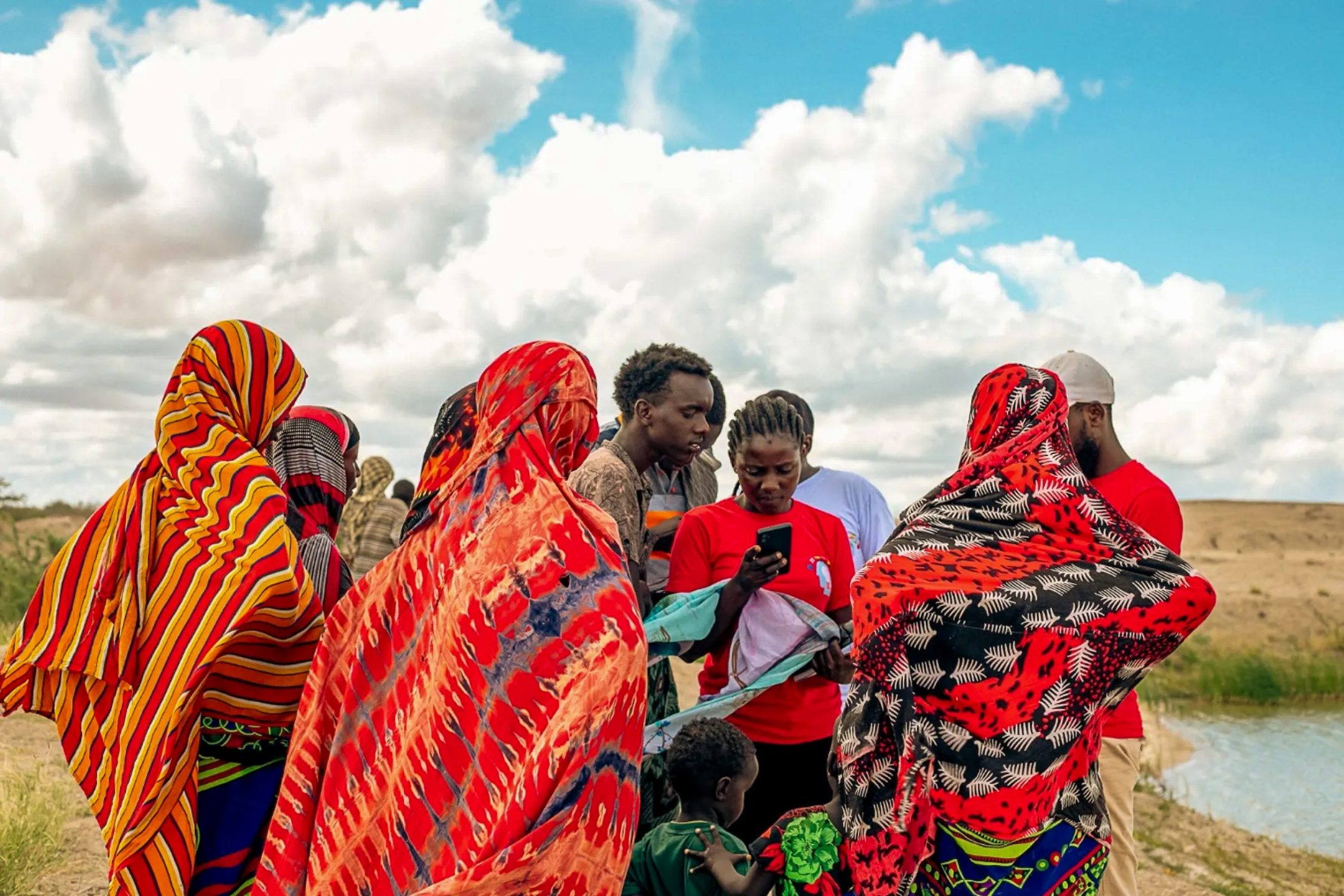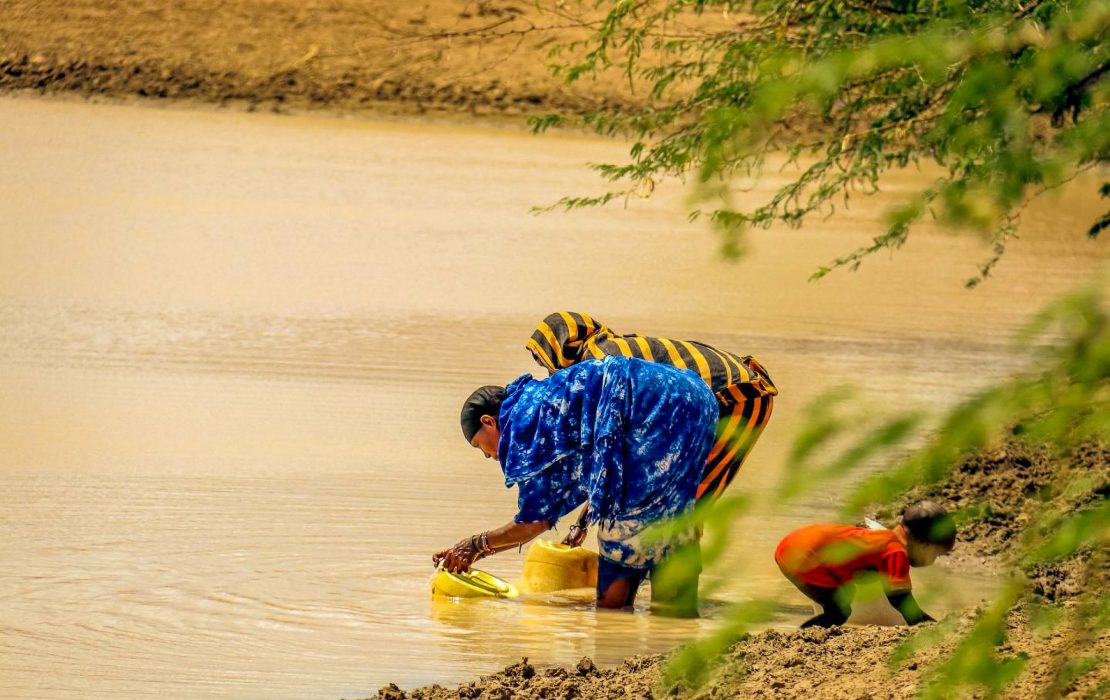For decades, pastoralists and farmers in Kenya’s arid and semi-arid lands clashed during the dry season as water and grazing land became dangerously scarce.
But a new blend of technology and traditional dialogue is helping communities turn conflict into cooperation.
Through a UNDP-supported initiative, satellite imagery and ground surveys were used to map every borehole, seasonal riverbed, and grazing corridor in Tana River County.

The data was then presented in open village forums, where herders and farmers jointly negotiated water-sharing rules and grazing routes ahead of drought periods.
“Before, we only knew about our own wells. Now we see the whole picture. We can plan together instead of fighting,” said one elder during a community dialogue.
Alongside mapping, solar-powered boreholes were installed at strategic points along livestock routes.
These new water points reduced pressure on contested riverbanks and eliminated the need for costly diesel generators.
Women and youth, who often shoulder the heaviest burden during droughts, were included in consultations, ensuring fairness in how resources were managed.
The results have been striking. In mapped and negotiated areas, violent clashes between farmers and herders have dropped significantly.
Over 30,000 residents now have more reliable access to clean water, and grazing disputes are increasingly resolved through dialogue rather than confrontation.
Experts say this shows the power of combining modern tools with traditional governance.
“Satellite data by itself cannot prevent conflict. But when communities are involved in interpreting and applying it, it becomes a foundation for peace,” explained a UNDP representative.
Kenya’s experience reflects a broader global lesson: climate change does not automatically cause conflict, but it magnifies risks where governance and resource-sharing systems are weak.
In fragile dryland regions, droughts and floods can either ignite disputes or, if handled inclusively, foster new forms of cooperation.
By embedding technology into local traditions of dialogue, Tana River’s communities have shown that resilience is not just about surviving climate shocks; it is about rebuilding trust.
As Kenya expands such initiatives across other arid counties, the story of Tana River offers hope: that with the right tools, even scarce water can become a source of unity rather than division.

